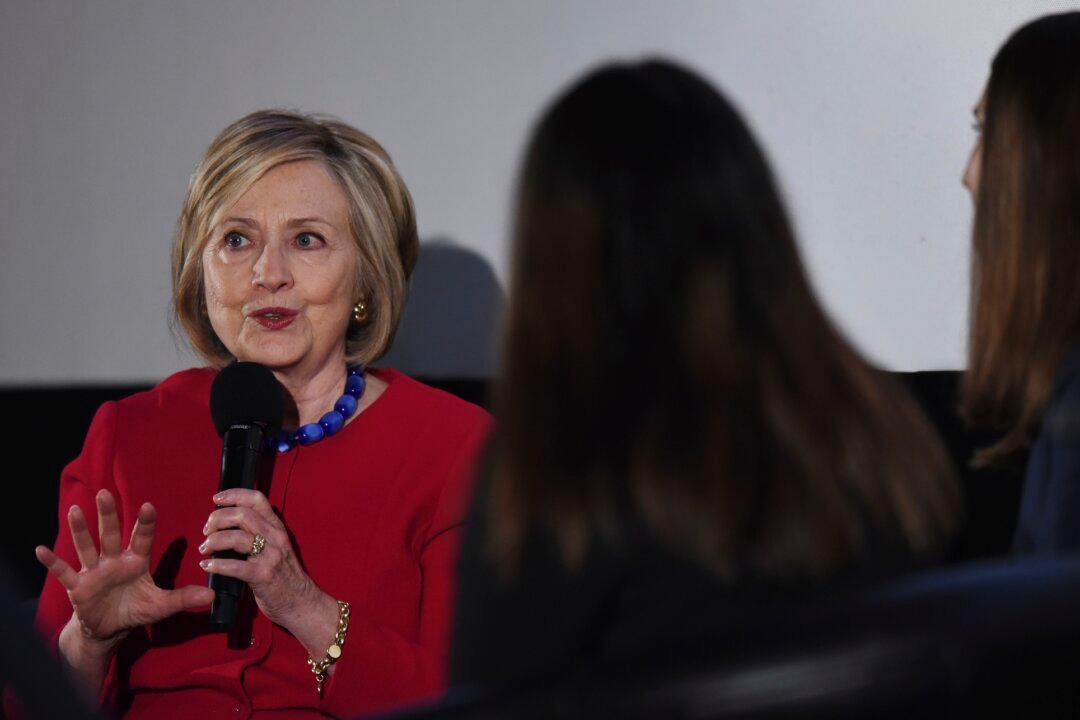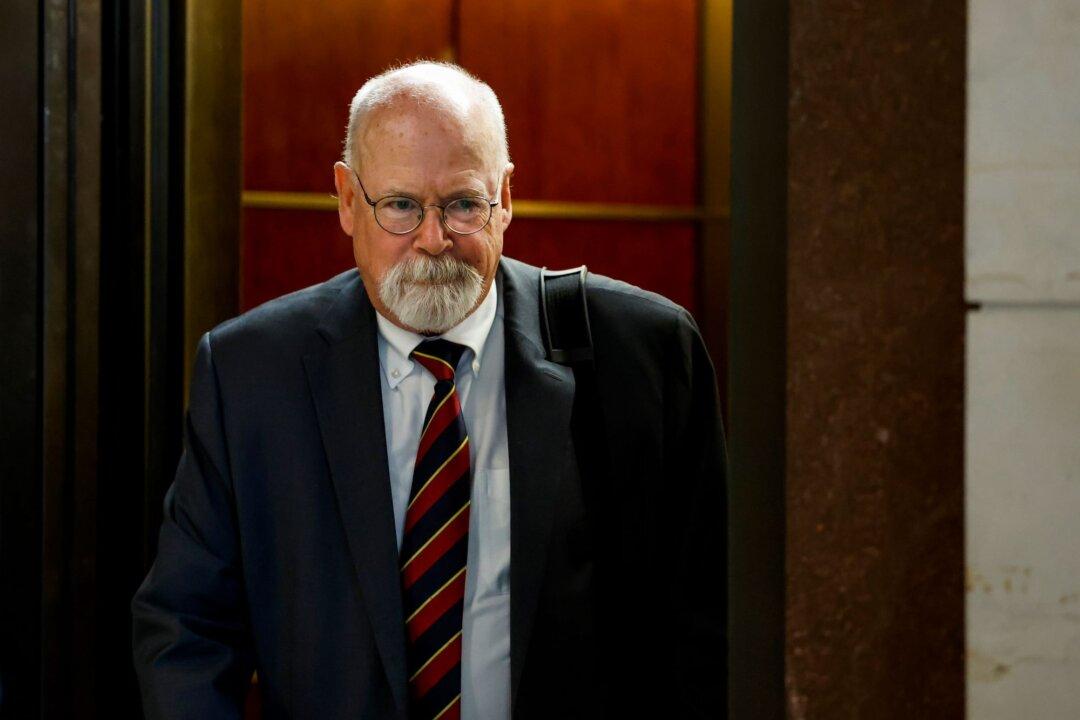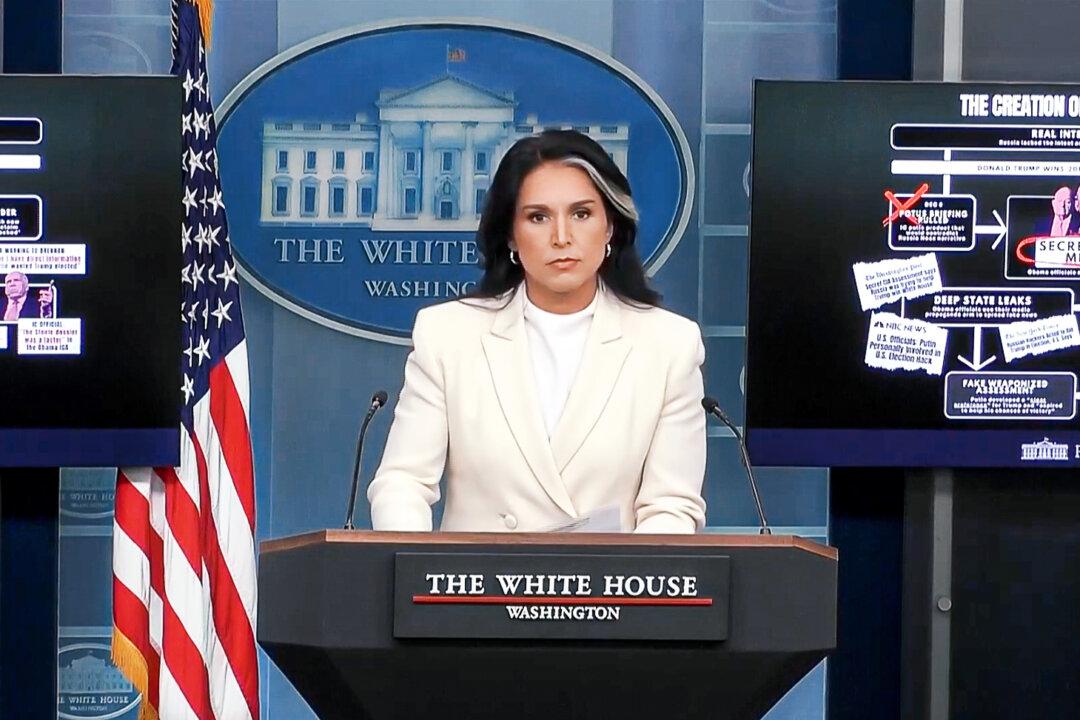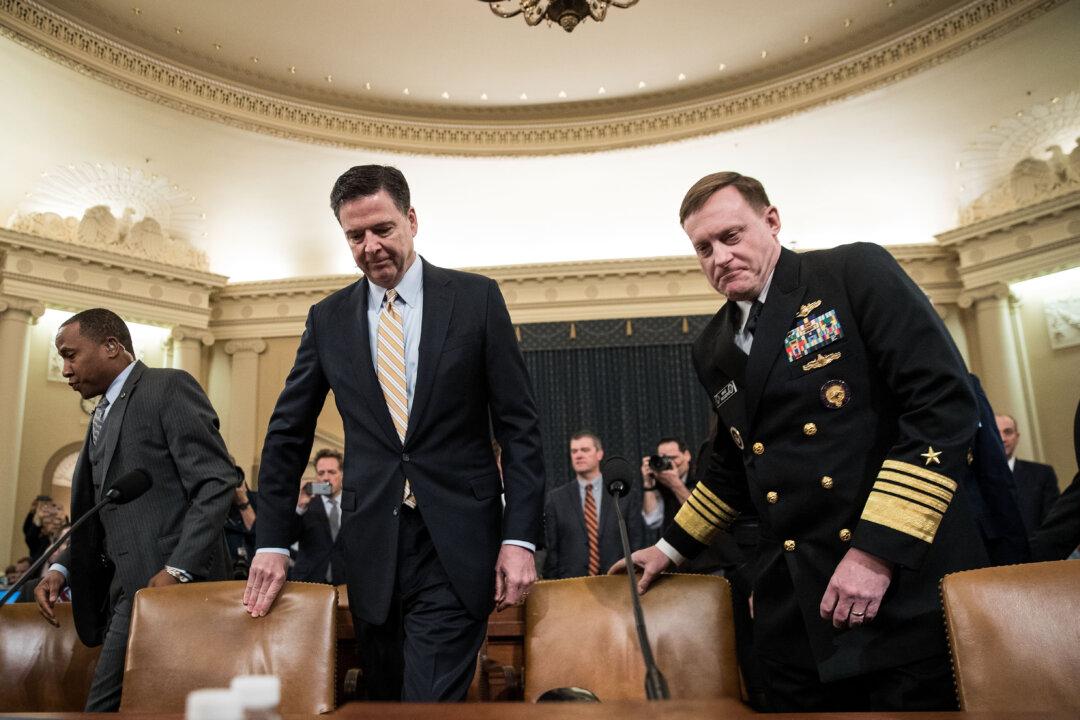A watchdog group asked a federal judge on Dec. 17 to subpoena Google for records on a Gmail account used to transfer the archive of Hillary Clinton’s emails from her tenure as the secretary of state.
Judicial Watch, a conservative government transparency group, filed the request as part of its yearslong litigation against the Department of State. The group also is seeking an interview with Paul Combetta, the information technology specialist who used the Gmail account to transfer all of Clinton’s government emails to an unauthorized private email server.





